"Shopping there is like a treasure hunt."
- 《LIFE+》Magazine
- 《LIFE+》Magazine Issue List
- Autumn 2022 Issue
- The Comfort Zone of Sha Tin Kaifong
-
content 2
-
content 2
-
content 2
-
content 2
-
content 2
-
content 2
-
content 2
-
content 2
-
content 2
-
The Comfort Zone of Sha Tin Kaifong
07 November 2022Studying at a secondary school in Lek Yuen Estate, Sha Tin, when I was young, I needed to walk past some malls on my way home. I have fond memories of hanging around there, in particular at Lucky Plaza where I bought second-hand comic books, video games, accessories and snacks nicknamed “plastic noodles” (pre-cooked noodles mixed with seasonings of your choice on the spot and sold in a small plastic bag). I am also forever grateful to the help offered by the sewing workshop whenever I had to submit Home Economics classwork.
I like the shopping centre a whole lot. It is not only my playground during adolescence, but also my comfort zone.
Hong Kong probably has the highest concentration of shopping malls in the world – around one per square mile. They are also amazingly diversified, ranging from community shopping malls that sell daily necessities to luxurious ones specialising in high-end products. While all malls are commercial by nature, some are more than that.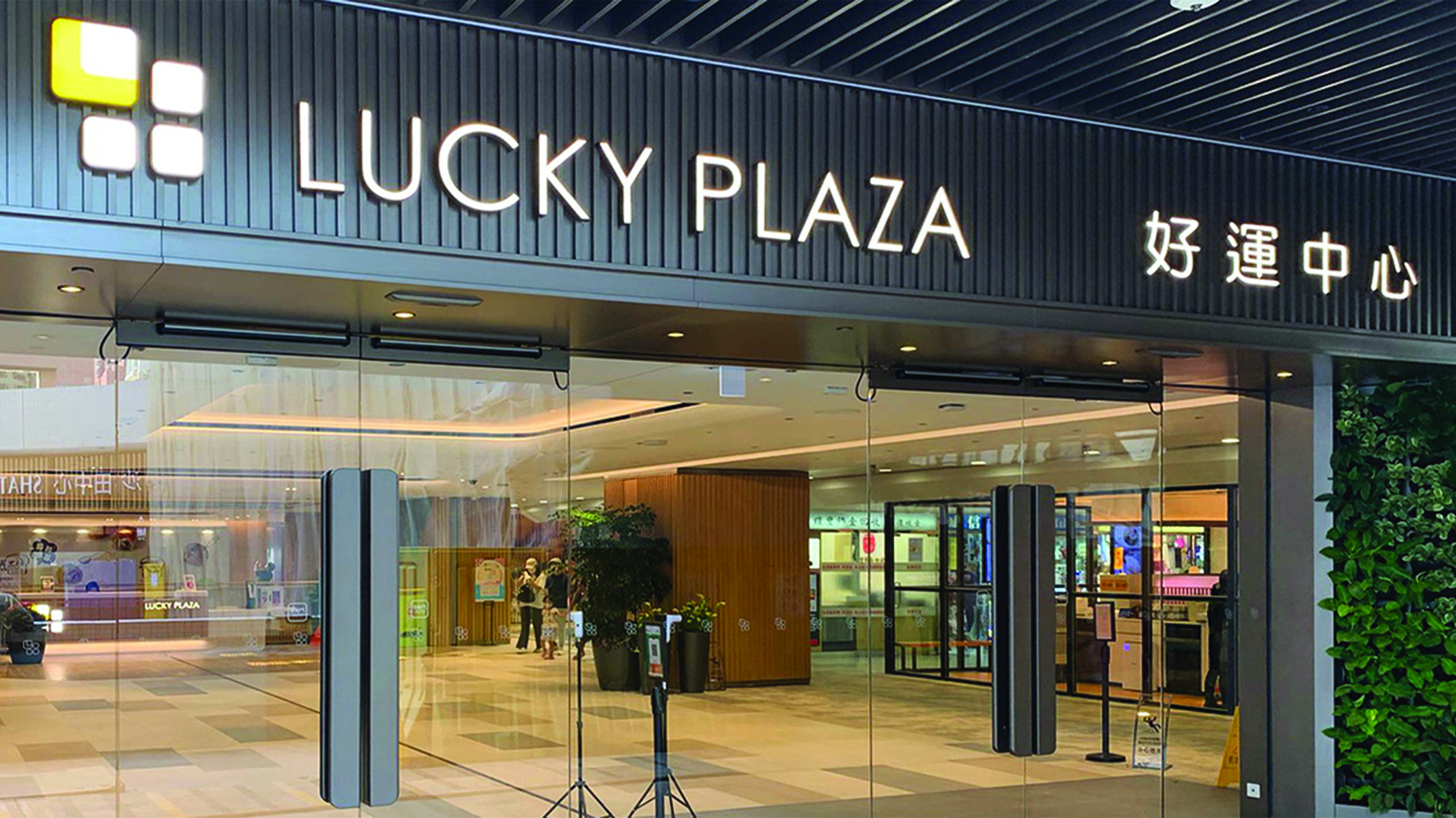 Usually located below public and private housing estates, community shopping malls are typically dominated by small shops that primarily serve the day-to-day needs of kaifong (people living in the neighbourhood).
Usually located below public and private housing estates, community shopping malls are typically dominated by small shops that primarily serve the day-to-day needs of kaifong (people living in the neighbourhood).
A bewildering variety of merchandises and services are on offer, such as clothing items, household gadgets, stationery, and Western and Chinese clinics. Kaifong go there not only to shop, but also to chit-chat. Sometimes kaifong go there only to socialise – customers probably not welcome in luxurious shopping malls.
Product/service diversity and fair pricing not only lure kaifong, but also students in the district. This additional clientele, in turn, attracts retails targeted at youngsters. A look at the product range will give you a glimpse of the popular culture of the time.
Lucky Plaza has been an indispensable part of Sha Tin since the mall opened in the 1980’s.
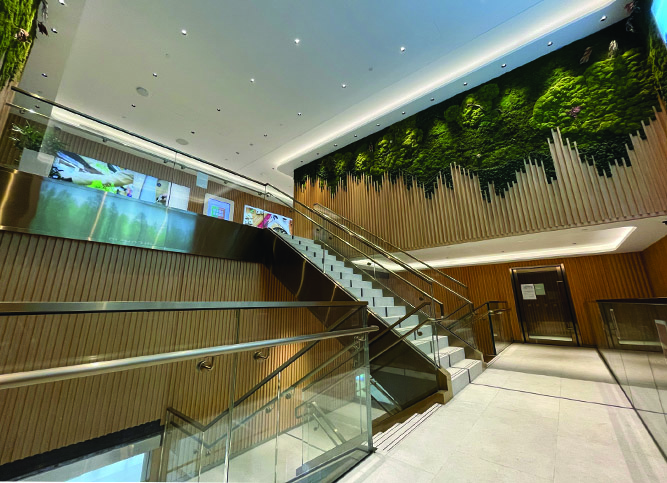
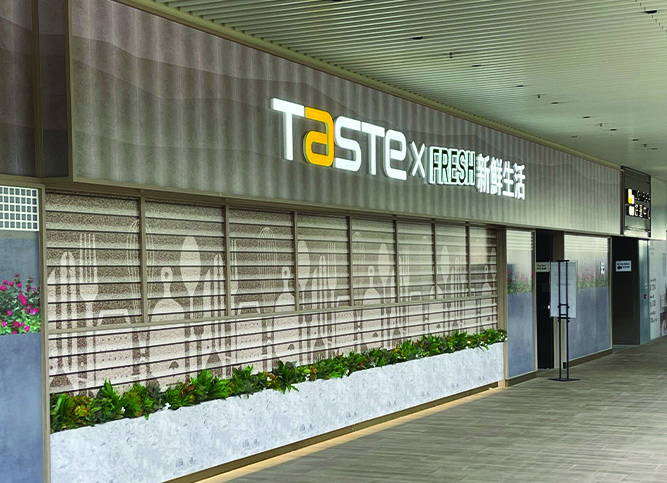
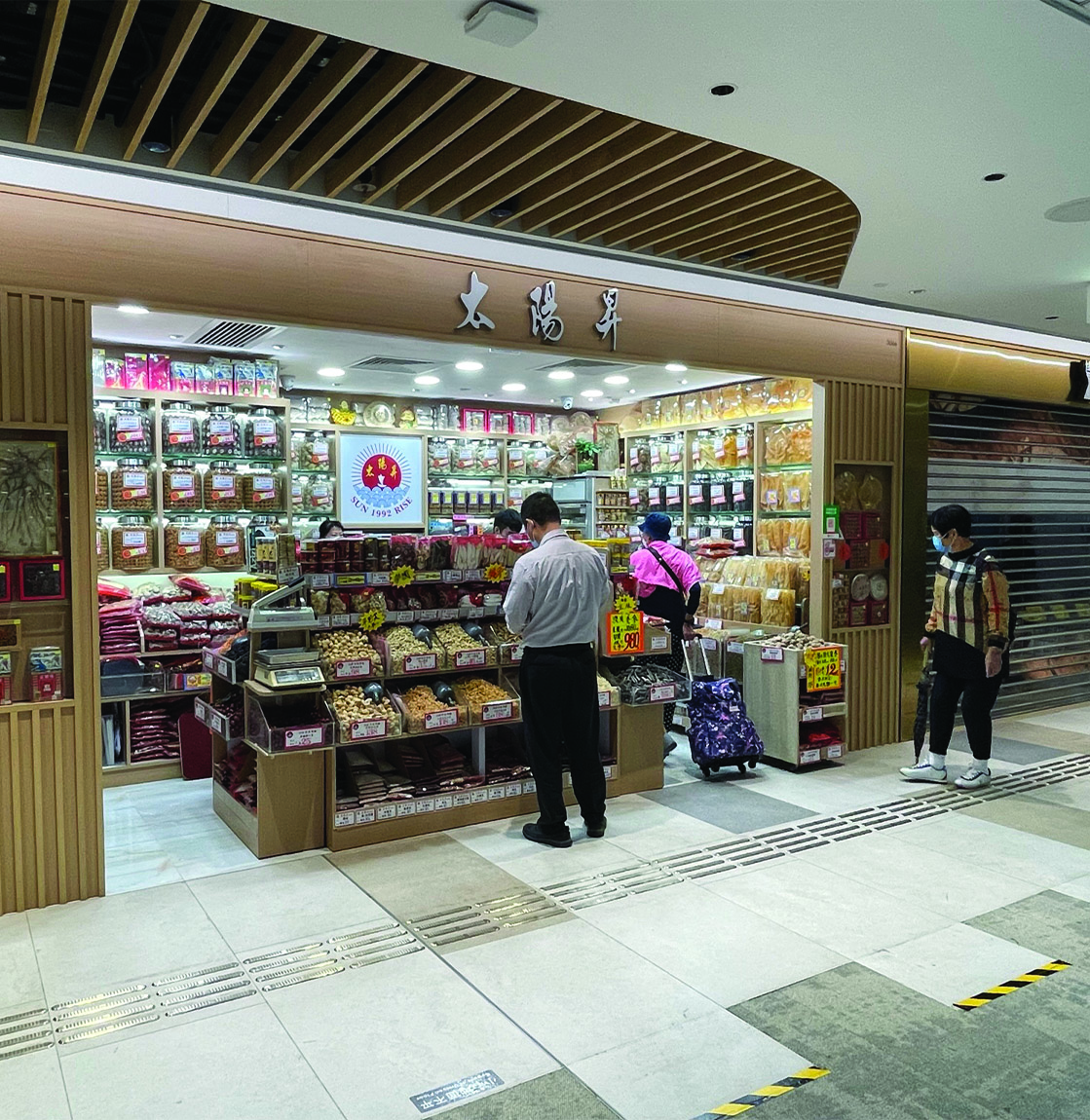
What kaifong have said about the mall over the years impress me!
-
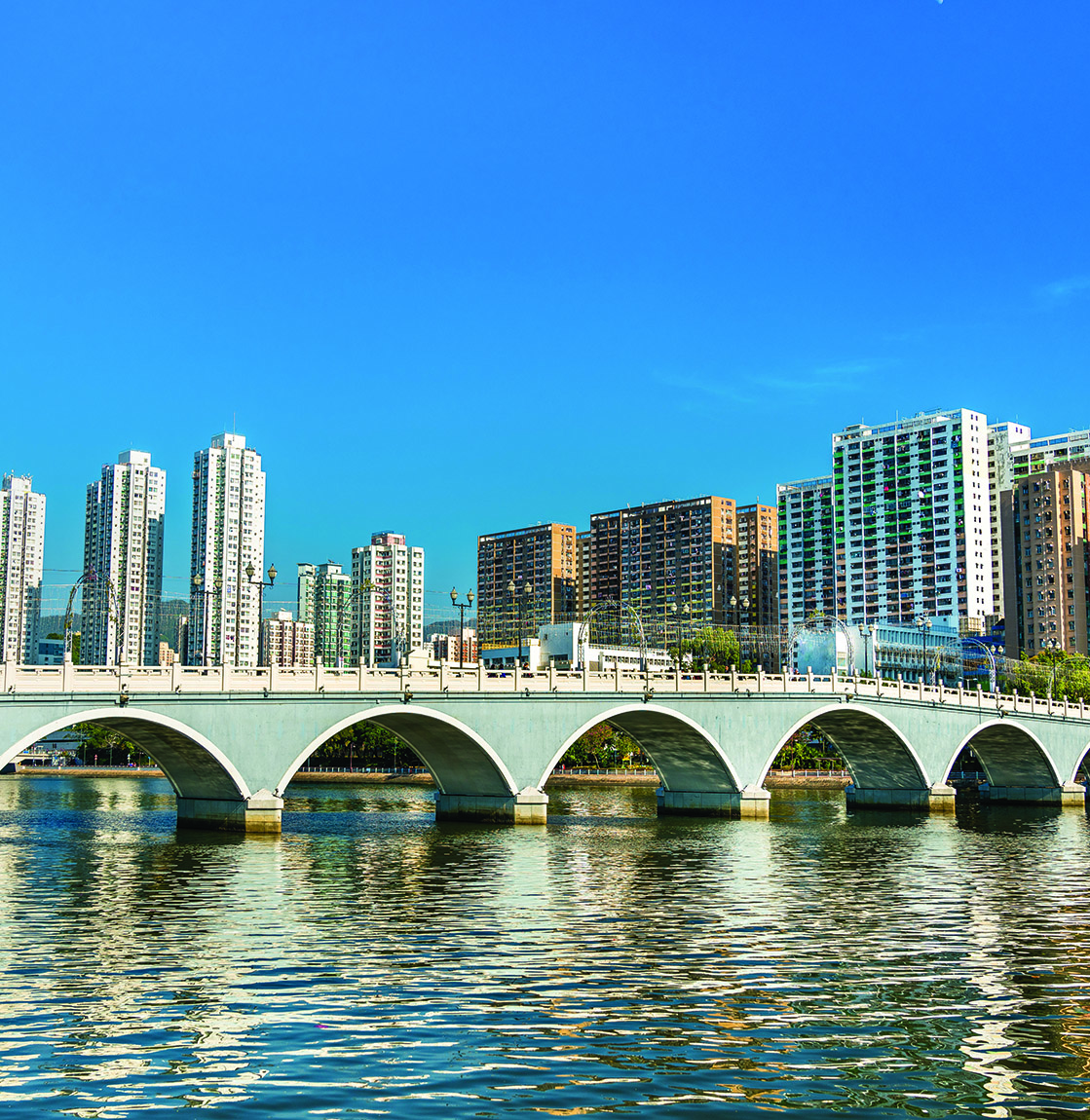 “ I think it’s like a good friend. Someone who knows what I need and gives me exactly that.”
“ I think it’s like a good friend. Someone who knows what I need and gives me exactly that.” -
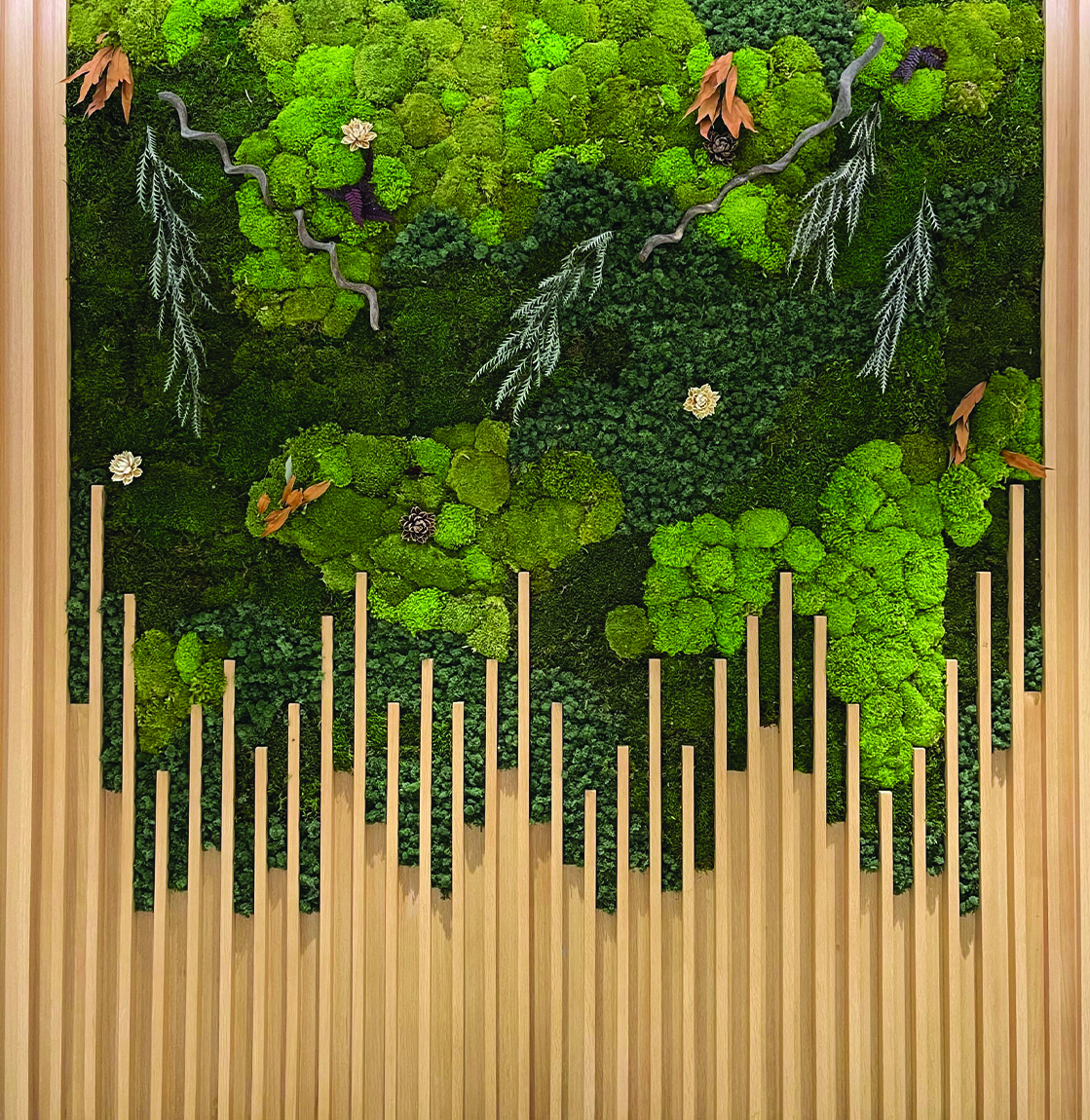 “My wife can never walk past the mall without talking to some-one. She has so many friends there!”
“My wife can never walk past the mall without talking to some-one. She has so many friends there!”
It is the magic of human touch that has won our hearts.
Time passes, things change. The district has witnessed a change in demography, shopping habits, and consumer taste in the past decade. To carry on its mission to meet the demands of the neighbourhood, Lucky Plaza has recently undergone an extensive enhancement project. Old memories will always stay, and new ones will surely be created in the refurbished venue which kaifong will hold dear in the years to come.
Lucky Plaza
1-15 Wang Pok Street, Sha Tin,
New Territories, Hong Kong -
content 2
-
content 2
-
content 2
-
content 2
-
content 2
-
content 2
TABLE OF CONTENTS
Page0of0
Stay in Touch with Us
We use cookies to enhance your experience. By continuing your visit, you consent to their use. To
find out more about how we use cookies, please see our privacy policy.